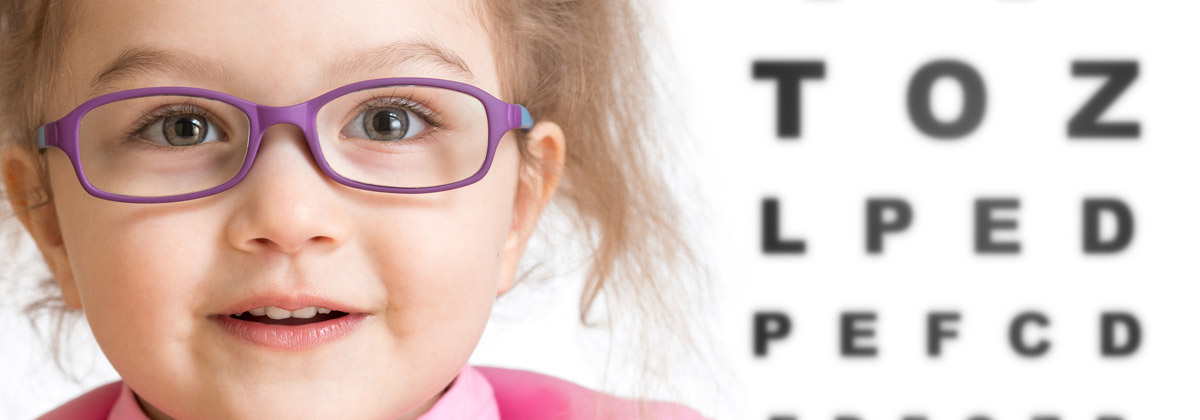Vision Clinic
Infant Child Development’s monthly vision clinic is a service of Dr. Linda Lawrence, M.D., Ophthalmologist, and the Salina Regional Health Center. The clinic is performed at Infant Child Development department.
The Importance of Vision
Vision plays a major role in development. Children with special needs or delays in their development have a greater risk of having vision problems from refractive errors (nearsighted, farsighted, and astigmatism), eye muscle problems, and cataracts than the general population. For this reason, every child in the ICD Program participates in free vision clinics and screenings. In addition, eye glasses are provided for each child, if needed, at no charge to the parent/caregiver.
Signs and Symptoms of Possible Vision Concerns:
- Eye crossing- turning in or out at any time (>6 months)
- Abnormal sensitivity to light
- Poor eye-hand coordination
- Tilts head to one side when looking at object in front of child (>6 months)
- Doesn’t appear interested in looking at toys or faces (<6 months)
- Doesn’t respond to visual toys, but is responsive to toys with sound (3 to 12 months)
- Stares at own hand or an object and/or moves own hand or object in front of the eyes frequently (>12 months)
- Holds an object close to face when looking at it (>18 months)
- Eyes continuously shake back and forth, or up and down
Definitions and Signs/Symptoms of Possible Vision Concerns were gathered from the Kansas Department of Health and Environment, Bureau for Children, Youth and Families; Vision Screening Guidelines For Infants, Toddlers, Children and Youth.
Definitions
Amblyopia - Amblyopia refers to reduced vision in one or both eyes caused by visual deprivation in childhood. The term “lazy eye” is often used to describe amblyopia.
Astigmatism - Distorted vision, typically caused by an abnormally shaped cornea. When the cornea is not perfectly spherical in shape, two different images may be formed in the same eye, creating distorted and blurred vision and producing eyestrain and headaches.
Cataract - Opacity or cloudiness of the crystalline lens that may prevent a clear image from forming on the retina. May be congenital (present at birth) or caused by trauma, disease and/or age.
Cortical Visual Impairment (CVI) - Temporary or permanent visual impairment caused by disturbance of the posterior visual pathways and/or the occipital lobes of the brain. The degree of vision impairment can range from mild visual impairment to total blindness. The presence of CVI is not an indicator of the child’s cognitive ability.
Nystagmus - (jerky eyes) A condition in which the eyes involuntarily move from side to side, up and down, or in a circular pattern.
Nearsighted - A condition that results in near objects being seen clearly but distant objects are seen with blurred vision.
Farsighted - A condition that results in distant objects being seen clearly, but near objects are seen with blurred vision.
Infant Child Development Program
155 North Oakdale, Suite 300
Salina, KS 67401
(785) 452-6050
Helpful Links
Donation funds allow this clinic to continue operation. If you would like to make a donation to support the pediatric vision clinic, please contact:
Joyce Trower, PT Director
Infant Child Development Program
Donna Vanier Children’s Center
Infant Child Development
155 North Oakdale, Suite 300
Salina, Kansas 67401
Phone: (785) 452-6050
Fax: (785) 452-6056

